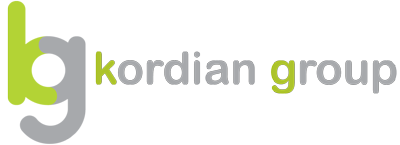The ERP is dead, long live the ERP
February 22, 2012
Kordian Group Performs Another Successful Assessment in Great Company
January 7, 2013On the IT market systematics
 by Tadeusz Kluk-Murdzenski
by Tadeusz Kluk-Murdzenski
Research and Analysis Lead
Sometimes, when surprising questions are asked by people who are supposed to “be in the know”, it’s worthwhile to return back to basics. Today we’ll do just that – we’ll look at the dimensions that can be helpful in classifying various companies that compete on the “IT market” and make up what is commonly called the “IT industry”, or “IT sector”.
The industrial domain classification is the most straightforward one. The IT industry participants who choose this specialization route concentrate their efforts on best possible application of technology to the specific needs of a given industry or sector, such as
- Banks
- Education
- Utilities
- SMEs
- Construction
- Social Services
- Retail
- Public Administration
- Postal services
- Telecommunications
- Insurance
- Justice & courts
and so on. The key aspect is usually the knowledge of intrinsic workings of a given industry, which enables the particular IT company to gain competitive advantage.
The second dimension, the business function domain, concentrates the efforts on various particular aspects of life of an organization, such as
- Business intelligence
- Business process automation
- Intelligent building & industrial infrastructture control
- Quality and Compliance management
- Supply chain management
- Logistics
- Content & document management
- Customer relationship management
and so on. This dimension has seen a lot of mergers and acquisitions. The divisions between scopes for separate systems, especially in the field of general support for generic business processes, became less pronounced. Most companies now perceive the oeuvre of their information as a single resource, which should be processed by an all-encompassing system.
The last dimension we defined is the technology domain. This classification uses fields of interest and specialization from within the IT sector. The companies which choose this dimension, base their specialization efforts on in-depth knowledge and understanding of a particular field of technology, usually accompanied by substantial R&D investment. In this dimension, we look at
- IT security & virus protection
- Datacenters & data processing
- System platforms
- Mass data storage
- Application testing
- Help desk & service
- IT infrastructure management
- Software-on-demand
and so on.
Of course, all three dimensions overlap. The only dimension where crossing the segment boundaries is difficult, is the technology domain. This is due to the necessary investments required to gather a team with the right know-how and ensure access to the required intellectual property. In some fields, on the topmost level, this has to simply be created in-house, through R&D, and e.g. in the field of system platforms, this is hardly even possible – you have to be Google first if you intend to take on Microsoft.
However, in industrial domain and business function domain classifications, matters look differently. Once a company obtains appropriate human resources and builds a critical know-how of underlying technologies, it is fairly easy to expand into other segments, because underlying technology resources are similar if not the same, and the only new resource is the know-how particular to a given segment.
